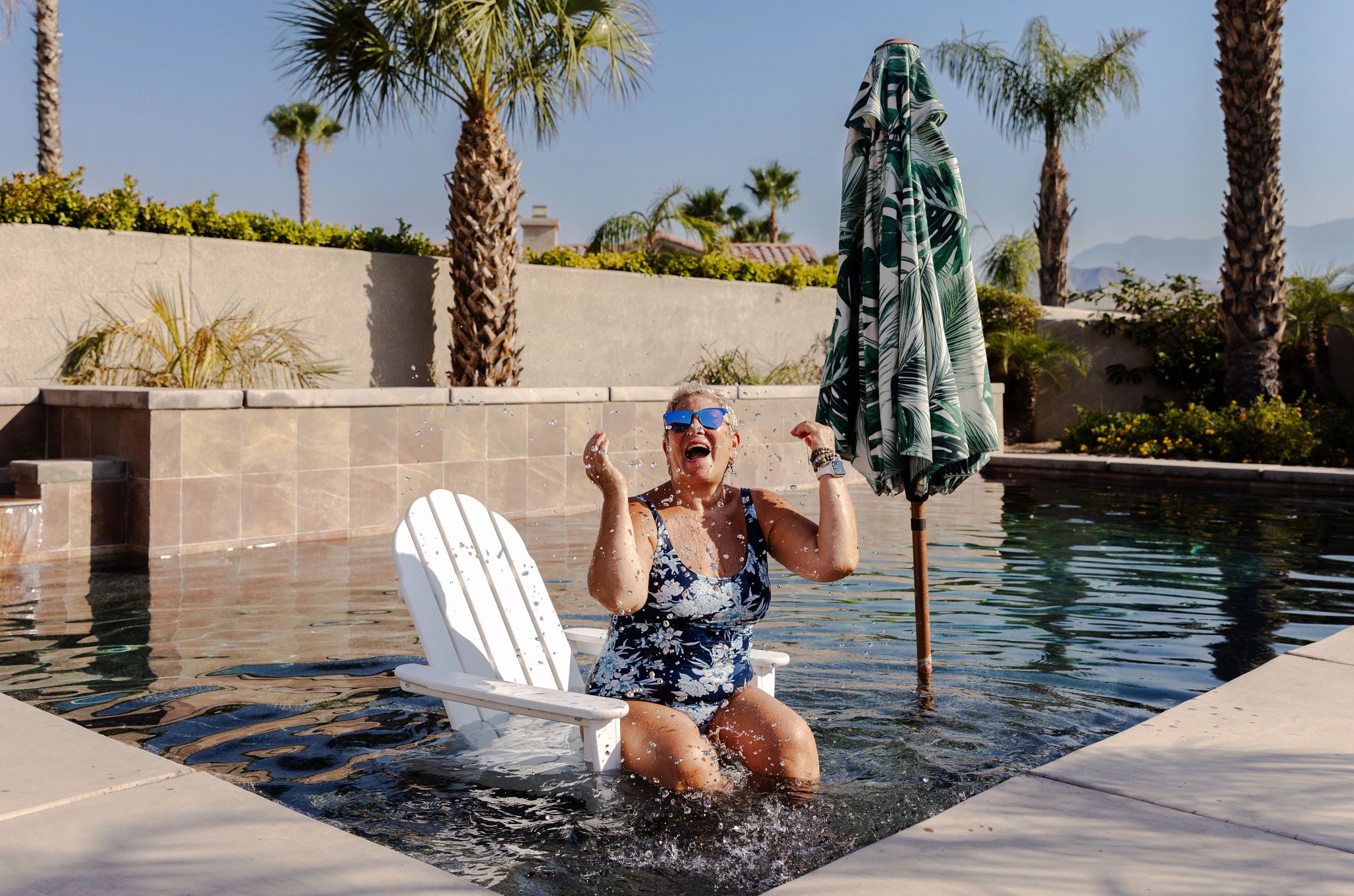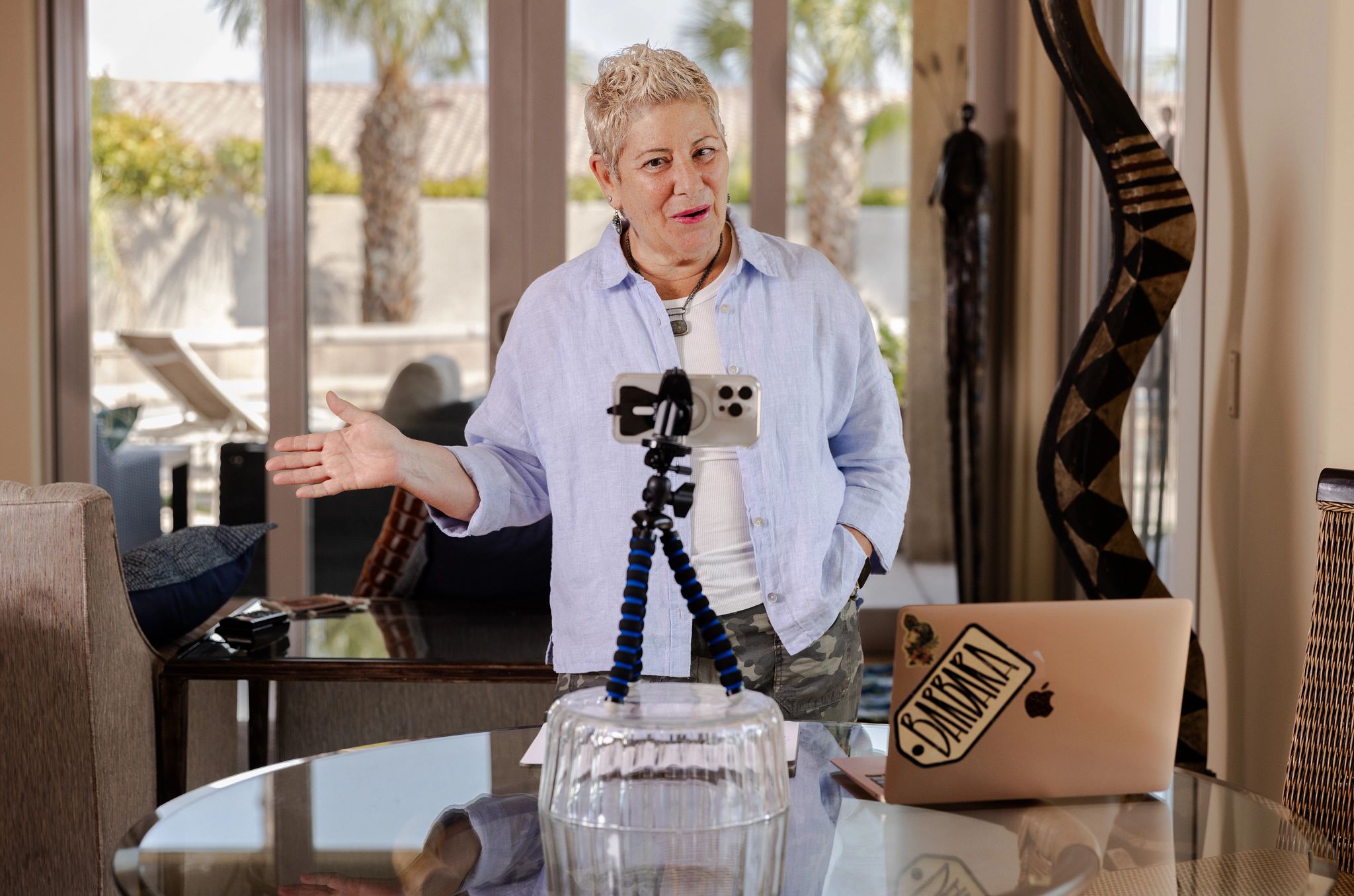AARP Hearing Center


Barbara Talisman isn’t one for regrets. At age 64, she says, “I’m living my best life and enjoying it.” Since retiring in August 2021, she’s been pursuing a lifelong passion for travel as a permanent nomad: globe-trotting on cruises, hopscotching among house-sitting gigs, and sharing solo travel stories and hacks on her website, blog and podcast, Where’s BabZ.
But there is one thing Talisman wishes she could rewind: She didn’t start putting away money for retirement until she was in her mid-50s, missing out on decades when she could have been growing a sizable nest egg.
“I never saved. I didn't learn financial education, I didn’t know investing strategies, and my excuse was I was working for a nonprofit and not making a lot of money,” she says.


Do you have a story to tell about a retirement decision you wish you could take back? Tell us about it retirement@aarp.org and we might include it in a future column.
That was her first job out of college. “Here I am at 24 years old. All this HR stuff appears on my desk. No orientation, just, ‘Let us know if you have any questions.’ ”
Living on a tight budget, she opted out of her employer’s retirement savings plan, a pattern she’d repeat at subsequent jobs that treated retirement support in much the same way, she says — it was “here’s the package” and little else.
Eventually, she says, “I started my own consulting firm and was doing very well.” But the pattern was set. “Even then I chose travel over savings. My plan was to work forever.” That plan ran aground after Talisman moved from Las Vegas to San Diego for what she thought would be a dream job in philanthropy and fundraising that turned out to be far from it. She decided to give retirement a try.
At least by then, she had started putting some money away, if only because she was forced to. Six years earlier, her career had taken her to Australia, where employers are required by law to make minimum contributions on workers’ behalf to a government retirement plan. (This “superannuation guarantee” — “the super,” for short — is currently 11.5 percent of pay, rising to 12 percent in July 2025. Employees can make their own contributions on top of the employer-paid super.)
































































You Might Also Like
When to Call in the Pros to Fix Big Money Woes
These true stories show how even the most daunting financial problems have solutionsHow to Protect Your Retirement Savings
Poor investment returns early can hurt you more than losses later
Travel With Confidence — Alone
AARP Smart Guide to Solo Travel shares 23 tips on making a successful trip by yourself
Recommended for You